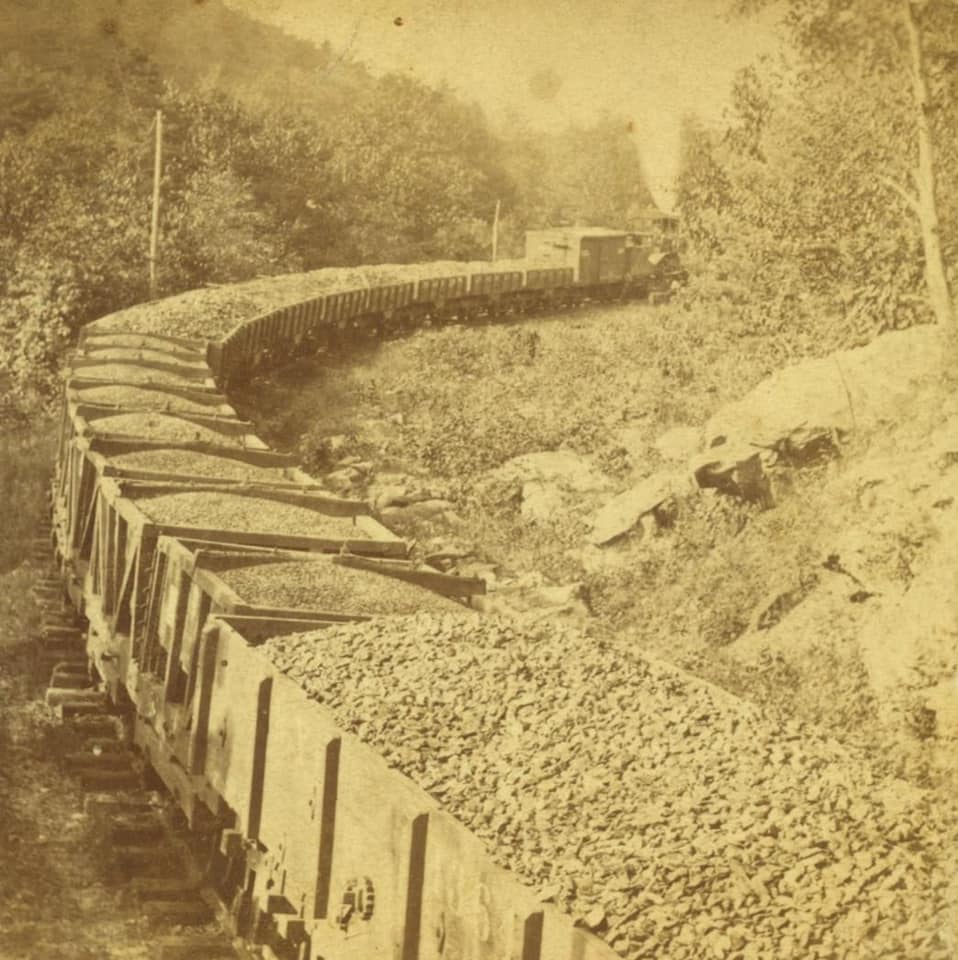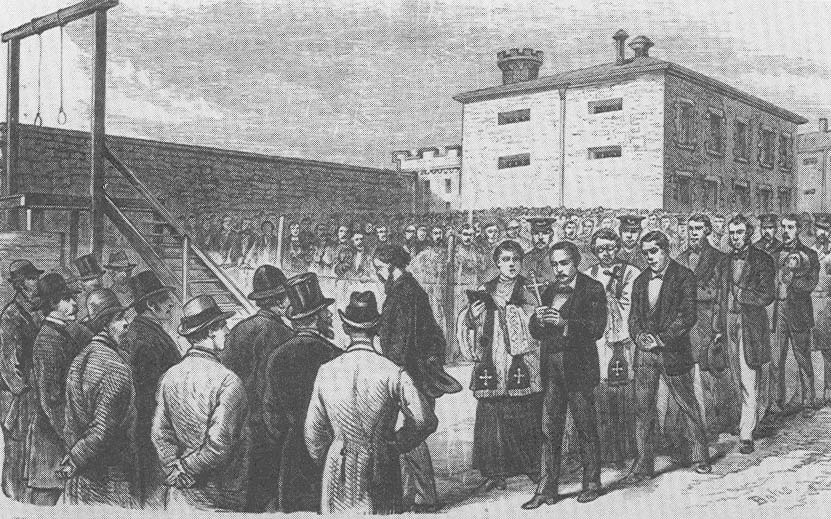Understanding the history and culture of Pennsylvania’s anthracite heartland
This region showcases a remarkable industrial heritage, driven by determined immigrant communities who built and sustained America’s industrial might in the 19th and 20th centuries.

Learn more about the battles for workers’ rights that raged here, witness the formation of diverse communities in the shadow of the coal mines, and dive into stories of resilience and community development. Join us as we explore how these coal fields shaped the nation and continue to evolve in a post-industrial age.

Community Histories
Explore stories about the communities that make up the valleys and mountains of Pennsylvania’s anthracite coal fields. (Pages coming soon).

Biographies
Discover the people who shaped the history of the Coal Region. (Pages coming soon).
What is the Coal Region?
The anthracite coal region of Pennsylvania, located primarily in the northeastern part of the state, is a historically significant region known for its rich deposits of anthracite coal, also known as “hard coal.” This region includes parts of Schuylkill, Carbon, Luzerne, Lackawanna, Columbia, and Northumberland counties and includes the cities of Pottsville, Shamokin, Hazleton, Wilkes-Barre, and Scranton.

Anthracite coal, distinguished by its high carbon content and few impurities, played a crucial role in powering the United States during the Industrial Revolution. The discovery and mining of this resource in the early 19th century spurred rapid industrial growth and urbanization, providing fuel for railroads, factories, and home across the nation.
These coal mines, called collieries in the anthracite region, employed the vast majority of the region’s workers through the mid-20th century. Other industries grew up in the mining towns and cities to employ the region’s women as well.

The region’s development attracted a diverse influx of immigrant laborers from Germany, England, Ireland, Poland, Italy, Eastern Europe, and Latin America who formed tight-knit communities and infused the area with cultural richness and diversity.
These communities faced harsh working conditions, in addition to discrimination from their neighbors, and were central to the burgeoning labor movement, with significant events such as the Molly Maguires trials and the 1902 Anthracite Coal Strike highlighting the struggle for workers’ rights.

Today, the anthracite coal region is characterized by its historic mining towns and villages, preserved mining sites, and cultural heritage. Visitors can explore landmarks such as the Pioneer Tunnel, the Brooks Mine, Eckley Miners’ Village, and various historic sites and historical societies that offer insights into the lives of the coal miners, their families, and their communities.

The region also demonstrates the struggles in a post-industrial era when the vast majority of coal mines that once employed tens of thousands of workers have closed forever.
The economic struggles of these communities can be seen on the landscape as well, with decaying infrastructure and the scars and ruins left by the mining industry hidden in plain sight. It’s against this complex backdrop that the nation’s bitter political battles over the last two decades have been won and lost in this region.

The legacy of the anthracite coal region continues to be a testament to the resilience and ingenuity of its people, shaping the economic and cultural landscape of Pennsylvania. In the uncertain present, the region’s fight for a brighter future has national and international importance.
Subscribe to the latest from Jake Wynn – Public Historian
Enter your email below to receive the newest stories.



